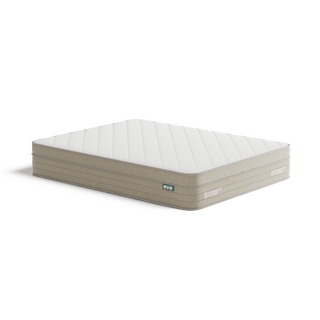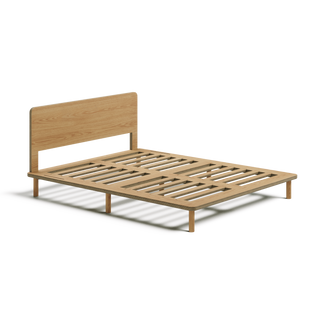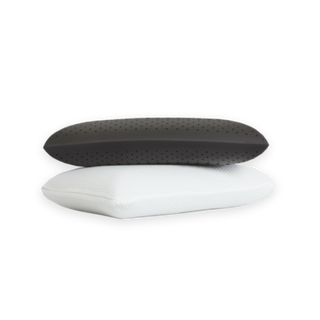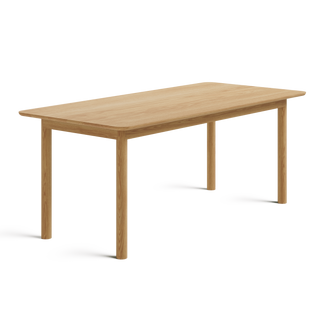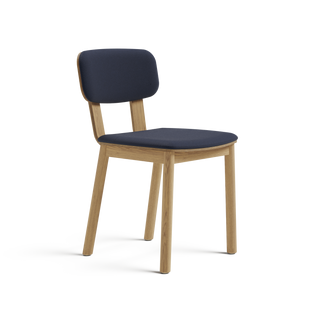We’re all about improving our spaces to be more sustainable and a little kinder to the Earth. But it can be overwhelming to know where to begin. So we’ve got some pointers on making your everyday practices in the home a little friendlier to the planet, that happen to help your wallet too.
And what better place to start than the kitchen?
Try to shop mindfully, and cook with your food scraps!
It’s been found that roughly one third of the food produced globally is lost or wasted. That’s 1.3 billion tonnes of food that could feed hungry bellies and spare the atmosphere the greenhouse gases emitted from rotting food waste.
To combat this, you can be diligent in your grocery shopping and be sure to write a list that has only what you need and will definitely use in your cooking. We know, the celeriac was half price - but it’s free if you don’t buy it in the first place, and this way you’re sparing the fridge space it takes up before you remember it’s there and throw it away.
It’s surprising how much you can do with food scraps too! From making apple cider vinegar with apple cores, to prepping a quick healthy snack with leftover pumpkin seeds from halloween. We love finding recipes from people like PlantYou who show us the endless alternatives to throwing away food scraps.
Bonus tip: Store cut fruits and vegetables in airtight containers filled with water. This keeps veggies like carrots, celery and potatoes fresher for longer after they are cut. You can change out the water every few days for longer term storage.

Eat seasonally
Eating foods that are in season in your part of the world is a great way to reduce the carbon footprint of your kitchen without much effort. All you have to do is consult what produce is in season where you live (here’s a guide for Aussies) and try not to buy produce that is out of season.
Out of season produce often comes from the other side of the planet, where it’s currently in season, so it’s travelled far to get to your plate, emitting greenhouse gases on its way.
Food that’s abundant in your local area is also more likely to be cheaper - as there’s plenty of it to be sold in its window of harvest. Win-win!

Eat less meat
Chances are, you’ve heard that meat has a pretty big impact on the environment. From the energy it takes to grow food for farm animals, to the methane emitted from livestock (methane being 86 times more potent in the atmosphere than carbon dioxide), to the poisonous runoff released into our oceans from animal agriculture (source) - it’s a good idea to reduce your meat consumption.
Maybe try a meat-free Monday dinner, where once a week you explore recipes that don’t require animal products. This blog has a few ideas to get you started.
Clean your fridge and freezer regularly
Cleaning out your fridge and freezer helps them run more efficiently. This means less power use, and a lower electricity bill. We recommend defrosting your freezer around twice a year, or whenever the buildup of ice gets a little too thick. Clean your fridge at the same time, focusing particularly on the coils at the back or underside of your fridge.
Buy high-quality dining wares that will last a long time
From the small things like cutlery, to the big things like a dining table, it’s best to buy high-quality products that will last as long as possible. This will reduce waste as over the years you won’t need to keep replacing your kitchenware. No more forking out for another set of flimsy chairs (if you’ll excuse the pun).
The Eva Kin Dining Table is made from solid timber, so it can last for generations. Our Kin Dining chairs are also sturdy and solid, upholstered with recycled plastic fabric so you’re helping the planet while you fill your plate.

Let us know if you try any of these tips, we love to hear from you and see your spaces on instagram. Tag us @eva.home.
Enjoy saving money and the planet!
